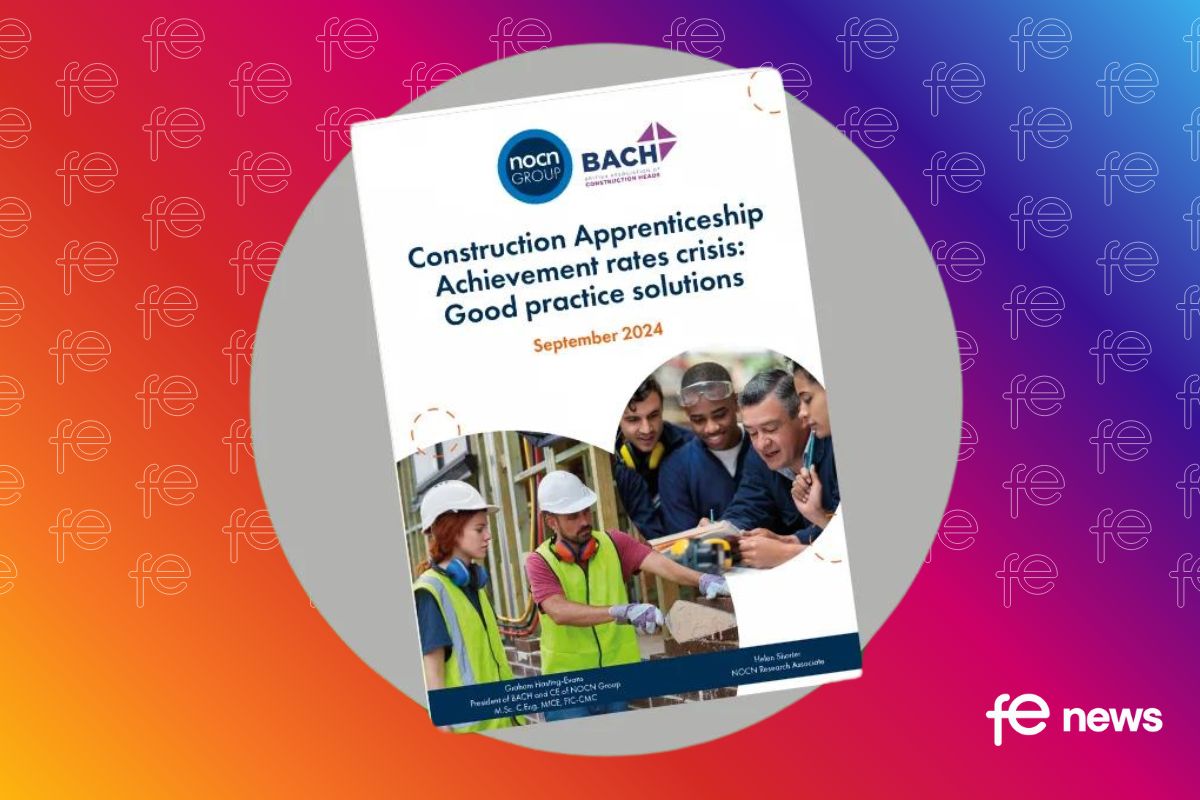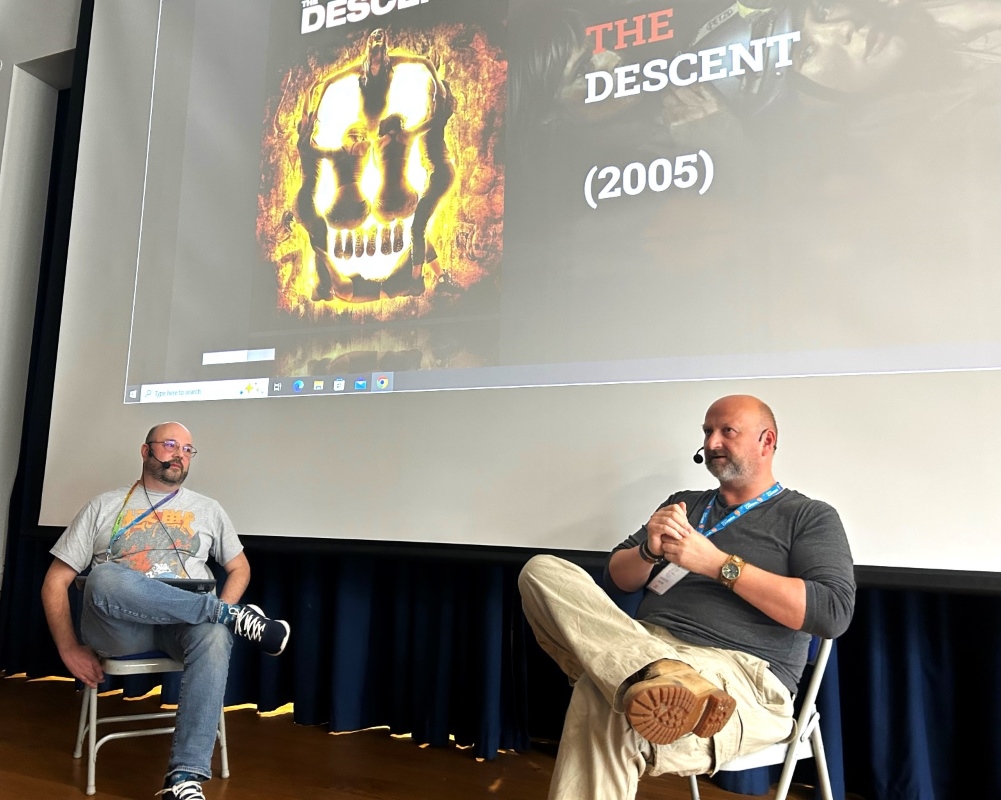Apprenticeship Funding Rules: Big Changes are Coming in a Matter of Days

Last week, the Education and Skills Funding Agency (ESFA) published version one of the apprenticeship training rules for 2022/23. These rules come into force on 1 August and are an update after the clarification period which followed publication of the draft rules in May.
Following the ESFA and Department for Education (DfE) reorganisation, the rules are set by the DfE policy team, but administered by the ESFA. There were some real positives announced in the draft rules, however some concerns remained. Version one of the rules contains some further improvements from the draft guidance, however, with just a few days to go until implementation, providers have had to get up to speed with very little notice.
Off-the-job-training
Major changes to off-the-job training (OTJT) rules for have been the headline policy change– and we shouldn’t underplay the impact that this will have. OTJT has been a major barrier to increased participation – so the change from 20% of contracted time to 20% of a 30-hour baseline a big win all round. In practice, this will lead to a notional six hours a week for most apprentices and certainly represents an improvement on the current situation. The previous policy created inequality for many apprentices – particularly in sectors such as adult care and hospitality, where longer hours can be the norm. We also saw miscalculations as a recurring audit issue for providers. The amount of OTJT that is delivered must be guided by the initial apprentice assessment, so this may mean that some apprentices train for more than six hours per week – however, this will be based on an individual’s training needs.
Employer-led activities such as shadowing, coaching, and mentoring can be included as OTJT, but only where this is part of the agreed training plan. Critically, the main provider is still always responsible for retaining evidence to support delivery. Time spent on the initial assessment and onboarding activities does not count towards OTJT, nor does exam revision (which is deemed as an ineligible cost). Some employers may therefore ask apprentices to revise in their own time. This might be acceptable in some higher-level professional occupations, but we need to guard against employers using this option where it might not be as appropriate.
Active learning
The 2022/23 rules also include a section which sees active learning now defined as either OTJT or maths and English training. This is not a new rule, but it was not previously explicit. As a result, some providers interpreted this to also include on-the-job training. The only exemption to active learning is term-time contracts, where the DfE say that apprentices do not need planned activity over the six-week holiday. A break in learning (BIL) is not required here either.
The DfE reinforced that, as a minimum, OTJT needs to be planned to take place at least every four weeks. In version one of the rules, the DfE highlighted that active learning can include employer-led activities such as planned coaching and mentoring, and they do not stipulate the volume of activity that needs to take place. We’ve had positive assurances that auditors will take a pragmatic view when activity is planned but does not take place when it should. However, any missed activity should be replanned – auditors will not accept ‘endemic’ training gaps, even when it has in theory been planned. In these circumstances, a BIL should be deployed, and funding paused. Officials also informed us that they have received significant feedback on active learning and that they are committed to reviewing it in a later version of the rules. The challenge of undertaking meaningful OTJT activity in sectors which have higher levels of seasonal work- such as hospitality, retail and tourism- is understood, and there may be some new flexibilities in the future. AELP will certainly be pushing for this.
Recognition of prior learning
There are big changes in the recognition of prior learning (RPL), where the DfE has introduced a new formula-based approach. This means the provider will now need to calculate how much prior learning relates to duplicated OTJT time as a percentage of the total hours of a full programme. Based on this, the provider must use a factor of at least 50%, which acts as a proxy for variable costs to reduce funding from the funding band cap.
The DfE has also recently published updated supporting guidance on RPL, which providers should read alongside the funding rules. We were pleased to have some input into this, and it rightly prioritises initial assessment. Initial assessment is extremely important in ensuring the apprentice is on the right programme and that the programme is built around their circumstances. The fact the DfE convinced Treasury to allow initial assessment to become an eligible cost from August is significant. By my calculation, the anticipated cost of this change is close to 1% of the overall apprenticeship programme budget!
Additional Learning Support
The guidance states that initial assessment also ensures any additional learning support is catered for – this is key. Before a claim for learning support funding can be made, a further detailed assessment “may need to be undertaken” to identify whether an apprentice has a learning difficulty or disability that directly impacts their ability to complete their apprenticeship. The costs associated with any further detailed assessment for learning support is still an ineligible cost. However, allowing an aspect of additional learning support to be included in the now fundable initial assessment is a welcome shift in position. The change of term from “must have” a detailed assessment to “may have” in addition to the initial assessment is something providers should closely consider in how they identify and evidence their need for learning support.
The RPL guidance has also clarified whether providers should not only reduce the cost and content, but also the duration of the apprenticeship, in situations where an apprentice has prior learning but where the provider delivery runs as a cohort model. The guidance explains apprentices are – if agreed by the employer – still able to attend “unfunded elements” of the programme, but warns that requirements around active learning taking place every four weeks still apply.
Other major changes in the new Apprenticeship funding rules
Since the draft version, we have seen an extension of the proposed changes to English and maths policy. The draft rules finally saw the end to the arbitrary requirement for level 2 apprentices having to study towards and attempt the level 2 test once they had passed level 1. We are pleased that the DfE took our feedback on board and extended this to apprentices already on programme.
There are also positive updates regarding apprentices who need to change employer. It was good to see the DfE extend the period from 30 days to up to 12 weeks, with providers being able to use a BIL for the latter eight weeks. This will reduce arbitrary withdrawal and restarting and will have a longer-term benefit on the programme achievement rate.
“Peripheral costs” – such as registration and certification- are now fundable
Finally, simplification of mandatory qualification requirements means that “peripheral costs” – such as registration and certification- are now fundable, rather than being chargeable separately. This means employers can use more of their levy for this purpose. This is a good principle, but means some providers will see a further squeeze on the funding available for on-programme training. Over time, this should be reflected better in more eligible costs in the revised funding levels. However, that process needs to be streamlined to ensure funding bands reflect rapidly changing costs providers face – particularly at a time when inflation is having a significant impact on the sector. AELP would like to see all funding for all programmes reviewed on at least an annual basis, to ensure the funding available matches the true cost of delivery. As you can see, there are now significant changes compared to last year’s funding rules and the draft guidelines published two months ago. These will have a major impact on providers, learners and employers alike, but we hope, as a result of AELP’s lobbying, there have been some big improvements
By Simon Ashworth, Director of Policy, Association of Employment and Learning Providers (AELP)











Responses